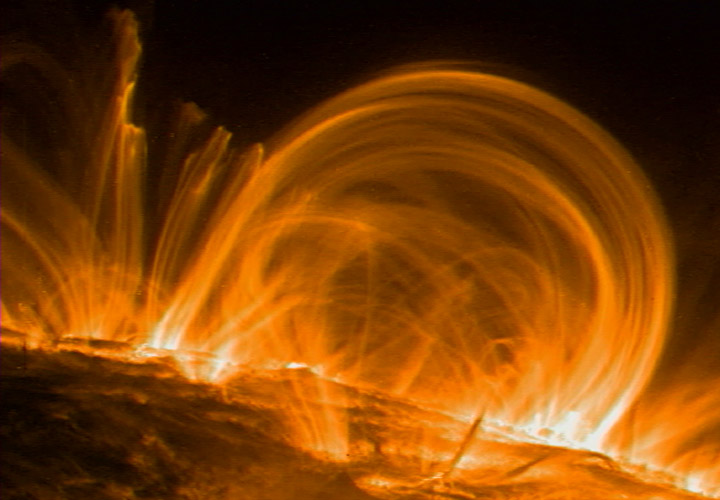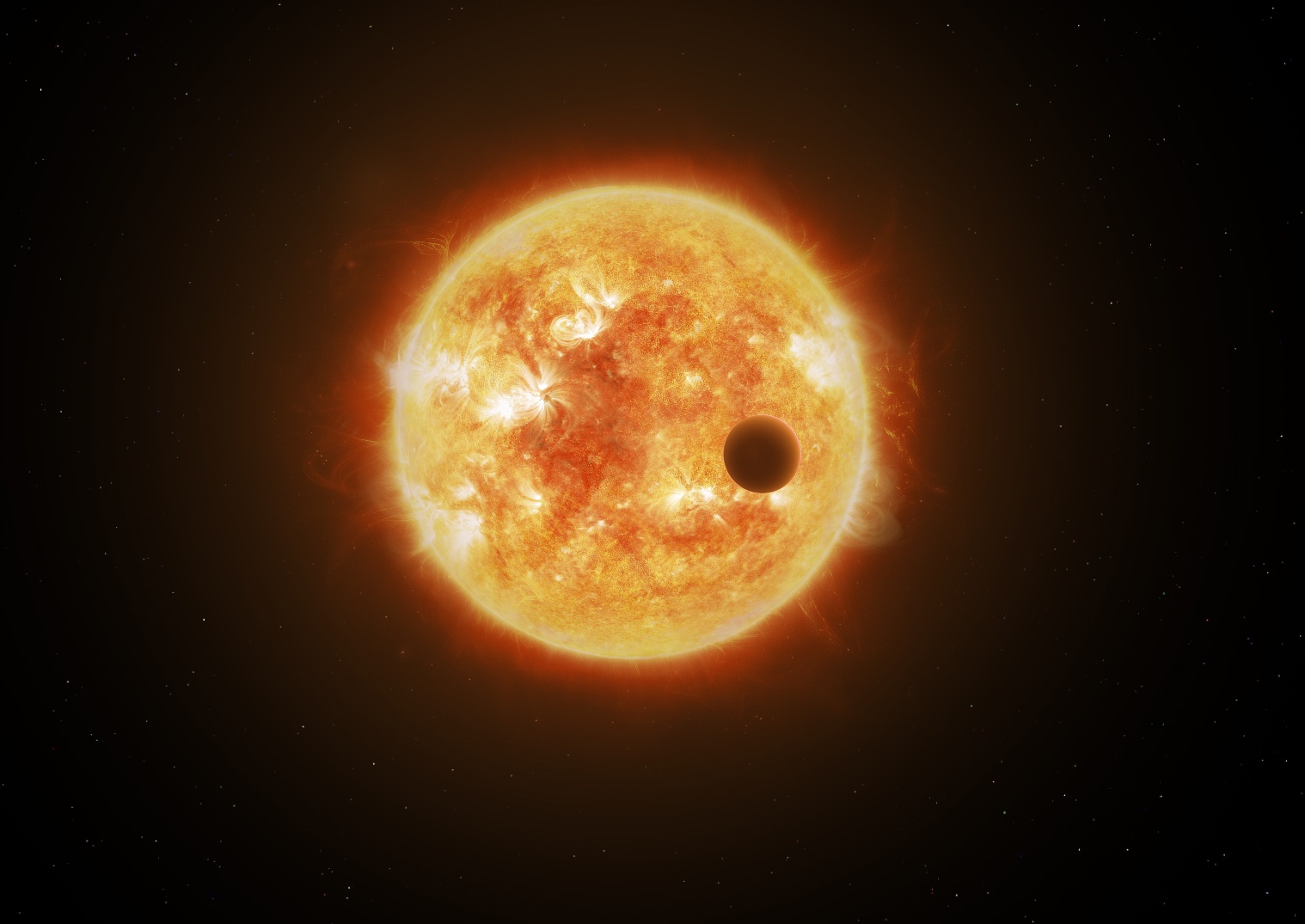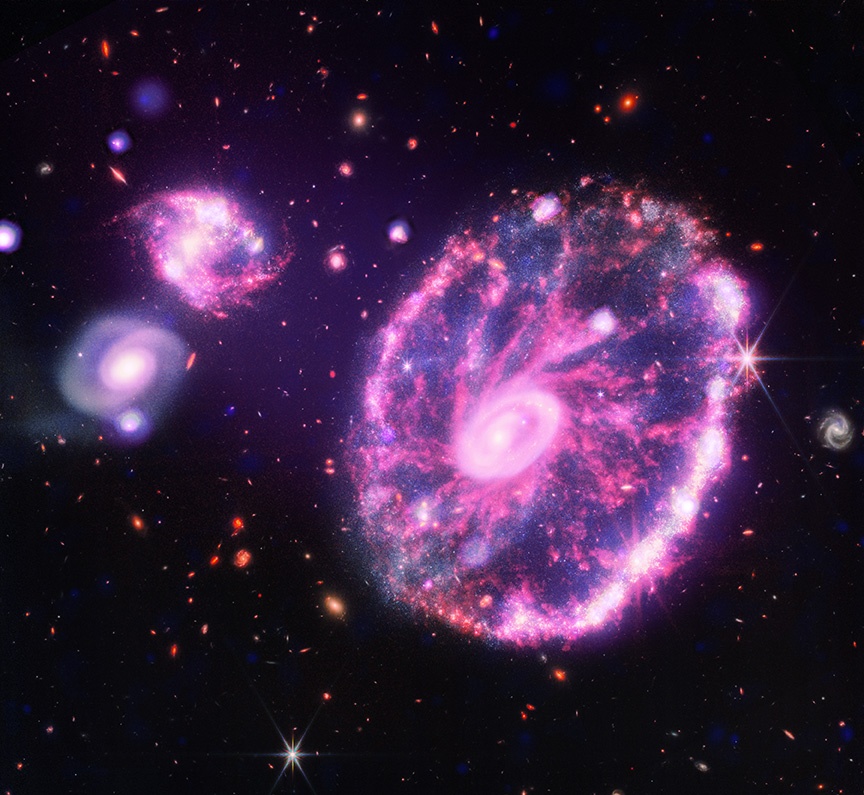The Sun is active, dynamic, and occasionally violent. Unfortunately our view of the Sun is limited to a small handful of orbiting satellites and ground-based observatories. The Solar Ring is new proposal that hopes to radically change that picture by launching a trio of satellites around the Sun to give continuous, 360° panoramic images in real time. The observatory could revolutionize our understanding of our parent star.
Continue reading “Meet The Solar Ring: A Proposed Spacecraft That Will Have a Panoramic View of the Sun”When Black Holes Collide They Also Produce Neutrinos
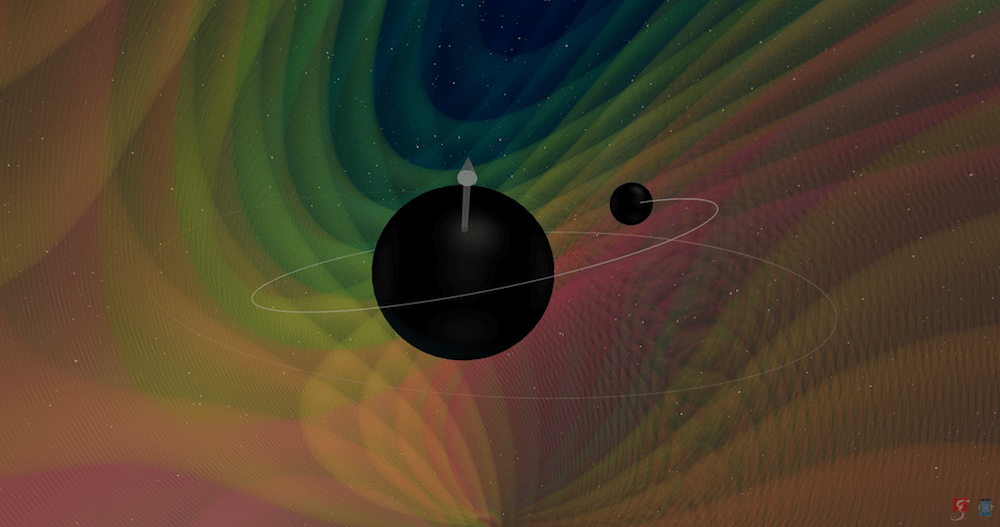
Ever since astronomers first detected ultra high energy neutrinos coming from random directions in space, they have not been able to figure out what generates them. But a new hypothesis suggests an unlikely source: the mergers of black holes.
Continue reading “When Black Holes Collide They Also Produce Neutrinos”It’s Tough to Find Evidence of Stars Eating Planets
Tragically sometimes stars engulf their own planets. While most stars are able to quickly cover up the evidence for their crime, a new study by astronomers has revealed that in some cases the evidence can linger for up to two billion years.
Continue reading “It’s Tough to Find Evidence of Stars Eating Planets”Solar Orbiter Records a Stunning Timelapse of Solar Activity as it Completes its Latest Flyby
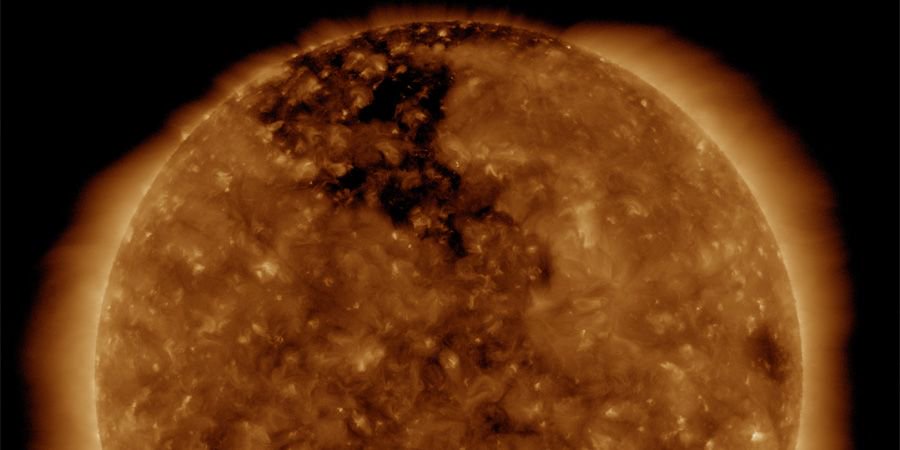
The sun is currently sleeping. Its surface and corona are relatively quiet as it prepares to ramp up for an expected phase of high activity in 2025. This past October, the ESA’s Solar Orbiter was able to sneak in a close-up peak at the Sun as it slumbers.
Continue reading “Solar Orbiter Records a Stunning Timelapse of Solar Activity as it Completes its Latest Flyby”You Can Help Measure Light Pollution with Your Phone
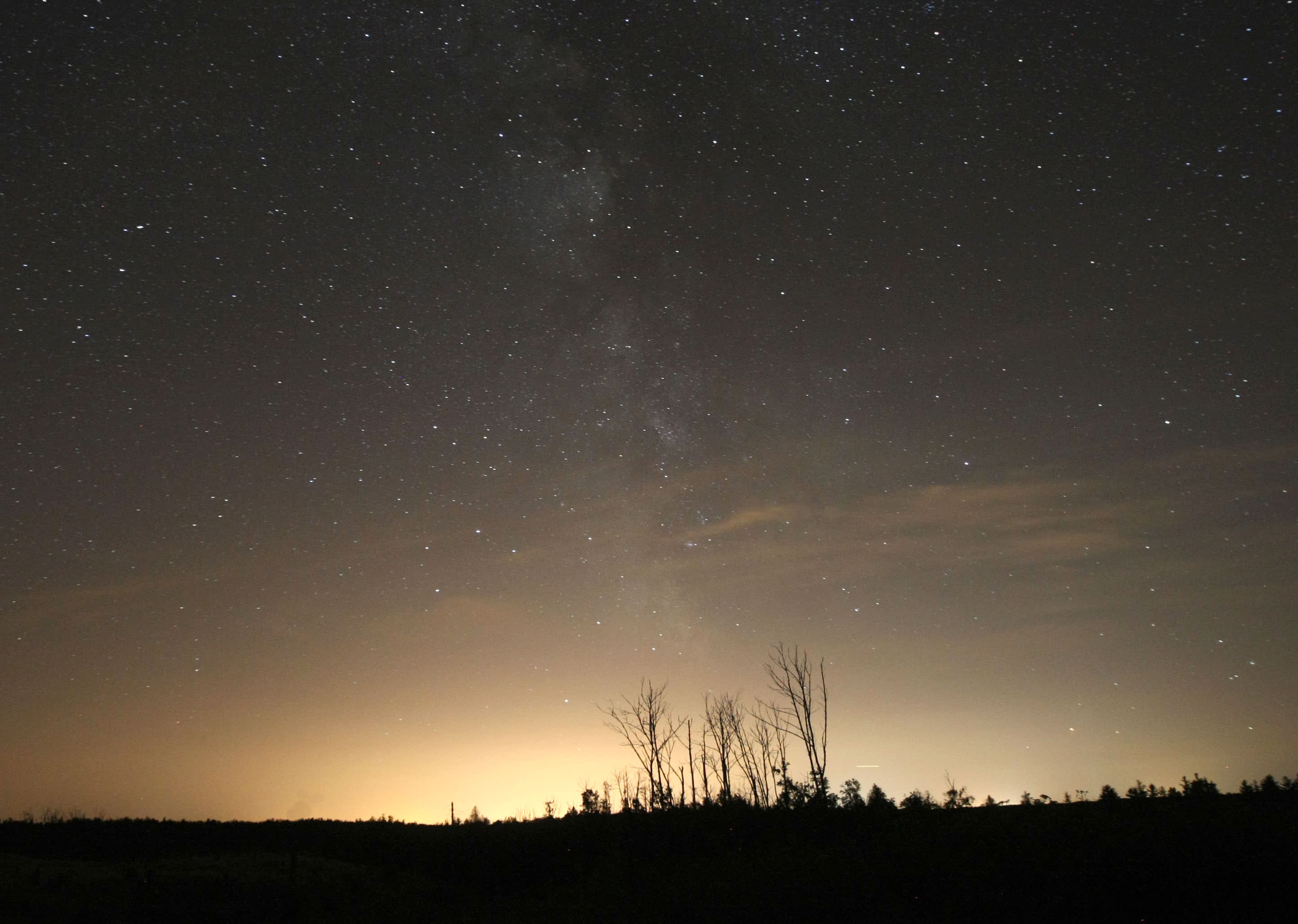
There’s no question that light pollution is a growing problem. Thankfully many scientists and advocates are working for change. And you can be a part of that change with a simple app that you can download to catalog the street lights in your neighborhood.
Continue reading “You Can Help Measure Light Pollution with Your Phone”ESO Finds the Ghostly Image of a Dying Star
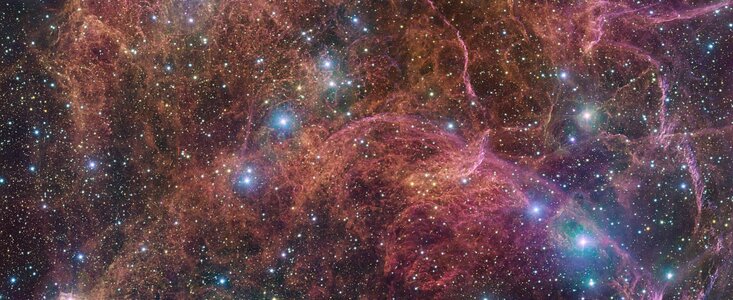
Astronomical images never cease to delight, and the European Southern Observatory’s image of the Vela nebula is no exception.
Continue reading “ESO Finds the Ghostly Image of a Dying Star”Chandra’s X-ray Vision Combined With JWST Reveals Even More Details About the Universe
NASA scientist have released images combining the early data from the James Webb Space Telescope with X-ray data taken with the Chandra Observatory. Besides their beauty, the images offer insights into the inner workings of some of the most complex astrophysical phenomena in the universe.
Continue reading “Chandra’s X-ray Vision Combined With JWST Reveals Even More Details About the Universe”Nitrous Oxide, aka “Laughing gas”, Could be an Indication of Life in an Exoplanet

A team of astronomers have proposed to hunt for signs of life by looking for the signature of nitrous oxide in alien atmospheres. It’s laughing gas, but it’s no joke.
Continue reading “Nitrous Oxide, aka “Laughing gas”, Could be an Indication of Life in an Exoplanet”What’s the Best Shielding to Protect Astronauts on Mars?
New research shows that the best way to protect future Martian astronauts from deadly solar radiation is as simple as can be. For good shielding, they just need to put as much stuff between them and the sky as possible.
Continue reading “What’s the Best Shielding to Protect Astronauts on Mars?”2.46 Billion Years ago, a day on Earth was Only 17 Hours and the Moon was Much Closer
As the ages pass the Moon slowly drifts away from the Earth. In conjunction the length of our day gradually gets longer. For the first time astronomers have been able to estimate the length of the day and the distance to the Moon as it was almost two and a half billion years ago. Back then, our day was only 17 hours long.
Continue reading “2.46 Billion Years ago, a day on Earth was Only 17 Hours and the Moon was Much Closer”
